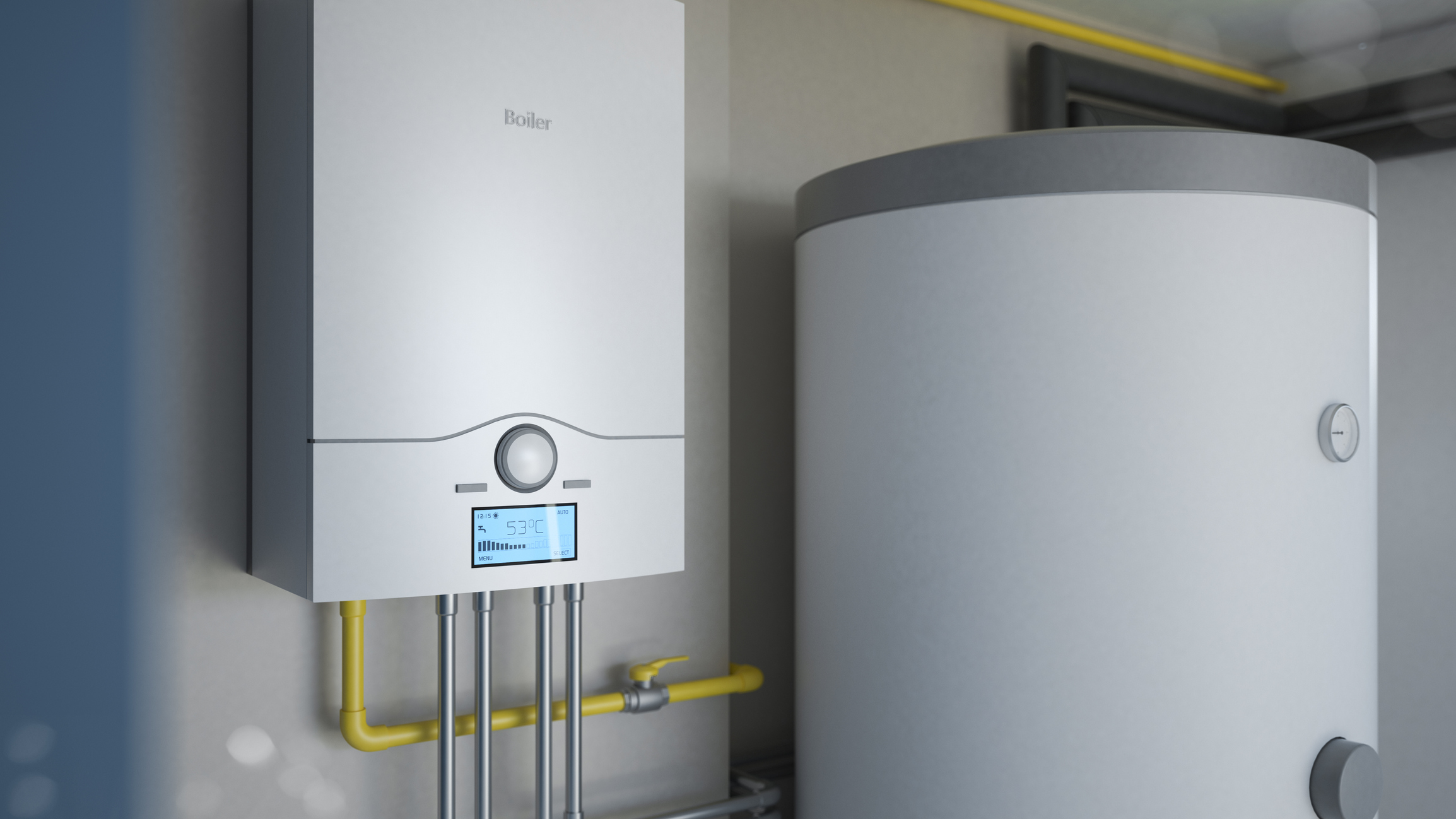The writer is making a few great annotation on What Kind of Maintenance Do Water Heaters Need? overall in this great article further down.

Warm water is important for day-to-day convenience, whether it's for a refreshing shower or washing meals. To guarantee your warm water system runs efficiently and lasts longer, routine upkeep is crucial. This article offers practical pointers and insights on how to maintain your home's hot water system to prevent disturbances and pricey repairs.
Intro
Keeping your home's hot water system might appear challenging, however with a couple of straightforward steps, you can guarantee it operates efficiently for years to come. This guide covers everything from understanding your warm water system to DIY upkeep pointers and recognizing when to employ specialist help.
Value of Maintaining Your Hot Water System
Normal maintenance not only extends the lifespan of your hot water system however also ensures it runs efficiently. Neglecting maintenance can cause lowered efficiency, higher power costs, and also premature failure of the system.
Signs Your Warm Water System Requirements Upkeep
Recognizing when your warm water system needs attention can stop significant concerns. Keep an eye out for indicators such as irregular water temperature level, odd noises from the heating unit, or rusty water.
Flushing the Water Heater
Purging your hot water heater removes sediment buildup, boosting effectiveness and prolonging its life.
Monitoring and Changing Anode Rods
Anode poles stop rust inside the tank. Evaluating and changing them when broken is crucial.
Facility Problems Requiring Professional Aid
Instances include significant leakages, electric issues, or if your water heater is regularly underperforming.
Routine Specialist Maintenance Conveniences
Expert maintenance can consist of extensive evaluations, tune-ups, and ensuring conformity with security requirements.
Inspecting and Changing Temperature Settings
Readjusting the temperature settings guarantees ideal efficiency and security.
DIY Tips for Maintenance
You can carry out numerous upkeep jobs yourself to maintain your warm water system in leading condition.
Looking for Leakages
On a regular basis examine pipelines and connections for leaks, as these can cause water damage and greater costs.
Comprehending Your Warm Water System
Before diving into upkeep jobs, it's valuable to recognize the basic elements of your warm water system. Usually, this consists of the water heater itself, pipes, anode rods, and temperature level controls.
Monthly Maintenance Tasks
Routine month-to-month checks can help catch minor problems prior to they escalate.
Evaluating Stress Alleviation Valves
Testing the pressure relief valve ensures it operates correctly and avoids extreme stress build-up.
Insulating Pipes
Insulating hot water pipes minimizes warmth loss and can conserve energy.
When to Call a Professional
While DIY maintenance is valuable, some issues require expert know-how.
Verdict
Regular maintenance of your home's warm water system is essential for efficiency, durability, and expense savings. By complying with these ideas and recognizing when to seek expert assistance, you can make sure a trusted supply of warm water without unanticipated disturbances.
How to Maintain an Instant Hot Water Heater
Before tinkering with your hot water heater, make sure that it’s not powered on. You also have to turn off the main circuit breaker and shut off the main gas line to prevent accidents. Also turn off the water valves connected to your unit to prevent water from flowing into and out of the appliance. 2. When you’re done, you have to detach the purge valves’ caps. These look like the letter “T” and are situated on either side of the water valves. Doing so will release any pressure that has accumulated inside the valves while at the same time avoid hot water from shooting out and burning your skin. 3. When the purge valves’ caps are removed, you have to connect your hosing lines to the valves. Your unit should have come with three hoses but if it didn’t, you can purchase these things from any hardware or home repair shops. You can also get them from retail stores that sell water heating systems. Read the user’s manual and follow it to complete this task properly. When the hosing lines are connected, open the purge port’s valves. 4. You should never use harsh chemical cleaners or solutions when cleaning your unit. Make use of white vinegar instead. It should be undiluted and you’ll probably use about 2 gallons. 5. Now flush your water heater. This task should probably take about 40 minutes. We can’t give you specific directions for this because the procedure is carried out depending on the type, model and brand of your heater. With that being said, refer to the user’s manual. 6. When you’re done draining the unit, you have to turn off the purge port valves again. Remove the hosing lines that you earlier installed on each of the water valves. Put the valve caps (purge port) back in their respective places and be very careful so as not to damage the rubber discs that are found inside these caps. 7. Now that everything’s back in place, check your user’s manual again to find out how to reactivate your water heating system. 8. Once it is working, turn one of your hot water faucets on just to let air pass through the heater’s water supply pipes. Leave the tap on until water flows smoothly out of it. https://www.orrplumbing.com/blog/2014/september/how-to-maintain-an-instant-hot-water-heater/

Do you appreciate reading about Tips on Maintaining a Water Heater? Try leaving a remark directly below. We will be glad to find out your reactions about this posting. We are looking forward to see you back again in the future. You should take the opportunity to share this entry if you liked it. We recognize the value of your readership.
Visit Url